
Introduction to Foreign Exchange – FOREX
Foreign Exchange (FOREX) is a critical financial services marketplace where global currencies from countries traded. The Forex market is the largest, most liquid market in the world and trillions of dollars are exchanged every day. There is no centralized location, rather the Forex market is an electronic network of banks, brokers, institutions, and individual traders (mostly trading through brokers or banks).
What you need to know
- Foreign Exchange (Forex or FX) is a global market for exchanging national currencies with one another.
- Foreign exchange venues comprise the largest securities market in the world by nominal value, with trillions of dollars changing hands each day.
- Foreign exchange trading utilizes currency pairs, priced in terms of one versus the other.
- Forwards and futures are another way to participate in the Forex market.
Basics of Foreign Exchange Marketplace
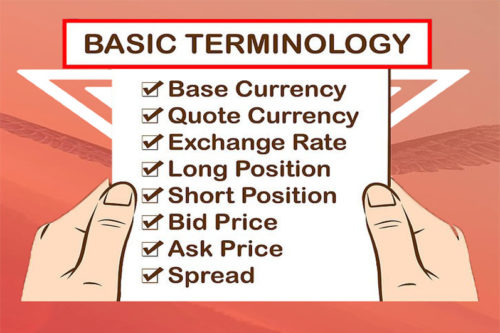 The market determines the value, also known as an exchange rate, of the majority of currencies. Foreign exchange can be as simple as changing one currency for another at a local bank. It can also involve trading currency on the foreign exchange market. For example, a trader is betting a central bank will ease or tighten monetary policy and that one currency will strengthen versus the other.
The market determines the value, also known as an exchange rate, of the majority of currencies. Foreign exchange can be as simple as changing one currency for another at a local bank. It can also involve trading currency on the foreign exchange market. For example, a trader is betting a central bank will ease or tighten monetary policy and that one currency will strengthen versus the other.
There will also be a price associated with each pair, such as 1.2569. If this price was associated with the USD/CAD pair it means that it costs 1.2569 CAD to buy one USD. If the price increases to 1.3336, then it now costs 1.3336 CAD to buy one USD. The USD has increased in value (CAD decrease) because it now costs more CAD to buy one USD.
In the forex market currencies trade in lots, called micro, mini, and standard lots. A micro lot is 1000 worth of a given currency, a mini lot is 10,000, and a standard lot is 100,000. This is different than when you go to a bank and want $450 exchanged for your trip. When trading in the electronic forex market, trades take place in set blocks of currency, but you can trade as many blocks as you like. For example, you can trade seven micro lots (7,000) or three mini lots (30,000) or 75 standard lots (750,000), for example.
Foreign Exchange Trading and Market Size
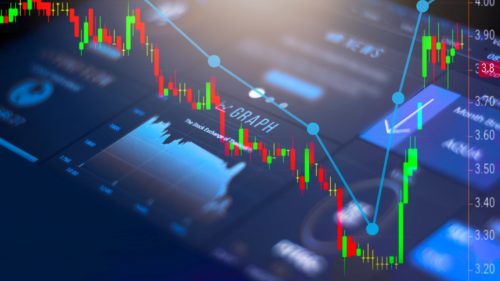 Trading volume in the Forex market is very large. According to a recent estimate, trading in foreign exchange markets averaged $6.6 Trillion per day in 2020, according to the Bank for International Settlements, which is owned by 60 central banks and is used to work in monetary and financial responsibility. The largest trading centers are London, New York, Singapore, and Tokyo.
Trading volume in the Forex market is very large. According to a recent estimate, trading in foreign exchange markets averaged $6.6 Trillion per day in 2020, according to the Bank for International Settlements, which is owned by 60 central banks and is used to work in monetary and financial responsibility. The largest trading centers are London, New York, Singapore, and Tokyo.
The market is open 24 hours a day, five days a week across major financial centers across the globe. This means that you can buy or sell currencies at any time during the day.
From a historical standpoint, foreign exchange was once a concept for governments, large companies, and hedge funds. But in today’s world, trading currencies is as easy as a click of a mouse—accessibility is not an issue, which means anyone can do it. In fact, many investment firms offer the chance for individuals to open accounts and to trade currencies however and whenever they choose.
In the world of electronic markets, traders are usually taking a position in a specific currency, with the hope that there will be some upward movement and strength in the currency that they’re buying (or weakness if they’re selling) so they can make a profit.
Types of Forex Markets – Differences
There are some fundamental differences between foreign exchange and other markets. First of all, there are fewer rules, which means investors aren’t held to as strict standards or regulations as those in the stock, futures or options markets. That means there are no clearing houses and no central bodies that oversee the Forex market.
Second, since trades don’t take place on a traditional exchange, you won’t find the same fees or commissions that you would on another market. Next, there’s no cut-off as to when you can and cannot trade. Because the market is open 24 hours a day, you can trade at any time of day. Finally, because it’s such a liquid market, you can get in and out whenever you want and you can buy as much currency as you can afford.
The Spot Market
Spot for most currencies is two business days; the major exception is the U.S. dollar versus the Canadian dollar, which settles on the next business day. Other pairs settle in two business days. During periods that have multiple holidays, such as Easter or Christmas, spot transactions can take as long as six days to settle. The price is established on the trade date, but money is exchanged on the value date.
The U.S. dollar is the most actively traded currency. The most common pairs are the USD versus the Euro, Japanese yen, British pound and Swiss franc. Trading pairs that do not include the dollar are referred to as crosses. The most common crosses are the euro versus the pound and yen.
The spot market can be very volatile. Movement in the short term is dominated by technical trading, which focuses on direction and speed of movement. People who focus on technicalities are often referred to as chartists. Long-term currency moves are driven by fundamental factors such as relative interest rates and economic growth.
The Forward Market
A forward trade is any trade that settles further in the future than spot. The forward price is a combination of the spot rate plus or minus forward points that represent the interest rate differential between the two currencies. Most have a maturity less than a year in the future but longer is possible. Like with a spot, the price is set on the transaction date, but money is exchanged on the maturity date.
A forward contract is tailor-made to the requirements of the counter-parties. They can be for any amount and settle on any date that is not a weekend or holiday in one of the countries.
The Futures Market
A futures transaction is similar to a forward in that it settles later than a spot deal, but is for standard size and settlement date and is traded on a commodities market. The exchange acts as the counter-party.
Example: A trader thinks that the European Central Bank (ECB) will be easing its monetary policy in the coming months as the Eurozone’s economy slows. As a result, the trader bets that the euro will fall against the U.S. dollar and sells short €100,000 at an exchange rate of 1.15. Over the next several weeks the ECB signals that it may indeed ease its monetary policy. That causes the exchange rate for the euro to fall to 1.10 versus the dollar. It creates a profit for the trader of $5,000.
By shorting €100,000, the trader took in $115,000 for the short-sale. When the euro fell, and the trader covered their short, it cost the trader only $110,000 to repurchase the currency. The difference between the money received on the short-sale and the buy to cover is the profit. Had the euro strengthened versus the dollar, it would have resulted in a loss.
Spot Transactions
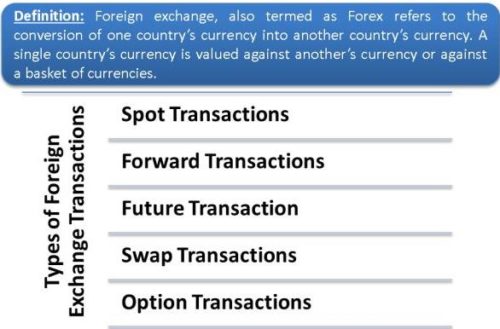 A spot market deal is for immediate delivery, which is defined as two business days for most currency pairs. The major exception is the purchase or sale of USD/CAD, which is settled in one business day. The business day calculation excludes Saturdays, Sundays, and legal holidays in either currency of the traded pair. During the Christmas and Easter season, some spot trades can take as long as six days to settle. Funds are exchanged on the settlement date, not the transaction date.
A spot market deal is for immediate delivery, which is defined as two business days for most currency pairs. The major exception is the purchase or sale of USD/CAD, which is settled in one business day. The business day calculation excludes Saturdays, Sundays, and legal holidays in either currency of the traded pair. During the Christmas and Easter season, some spot trades can take as long as six days to settle. Funds are exchanged on the settlement date, not the transaction date.
Forex (FX) Rollover
Forex Forward Transactions
Forex (FX) Futures
Forex Market Differences
Fewer Rules
Fees and Commissions
Full Access
Leverage
Example of Forex Transactions
It is recommended traders manage their position size and control their risk so that no single trade results in a large loss.
Future Trends of Foreign Exchange Market
 The global Foreign exchange market is currently experiencing a healthy growth. Looking forward, the market is expected to register a CAGR of around 6% during 2020-2025. Growing urbanization and digitization in both the emerging and developed economies are among the key factors driving the growth of the market.
The global Foreign exchange market is currently experiencing a healthy growth. Looking forward, the market is expected to register a CAGR of around 6% during 2020-2025. Growing urbanization and digitization in both the emerging and developed economies are among the key factors driving the growth of the market.
The key features of FX, such as minimal trading costs, 24x7 trading opportunities, high transactional transparency and liquidity, have favored its widespread acceptance across the globe. Furthermore, the availability of electronic platforms and the provision of improved security mechanisms for trading are also providing a boost to the market growth. Various internet-based platforms are available to the users for conveniently exchanging currencies between countries while ensuring the delivery of goods and services in a secure and centralized setting.
Additionally, various technological advancements, such as the availability of outright forward and currency option, are creating a positive outlook for the market growth. Outright forward enables the trader to lock the current exchange rate, which further protects the investor, exporter or importer from future rate fluctuations.
On the other hand, the currency option refers to a contractual document that establishes an obligation to purchase or trade currency at a specific rate.
Here are six topics to keep in mind for currency market structure in 2020:
1. The Volcker Rule & Liquidity
Regulations such as Basel II and Dodd Frank’s Volcker Rule have made it difficult for banks to warehouse risk, such that some traders were skeptical that bank-dealers could recover their clout as liquidity providers. That the Volcker Rule is probably on the chopping block as quickly as any other provision is largely because it’s causing the most trouble in terms of reducing the capacity of banks to compete.
Traders mentioned macro-events like the Swiss National Bank’s abandonment of the Swiss franc’s peg against the euro on Jan. 14, 2015, which sent shockwaves through the prime brokerage community. Prime brokers raised fees on hedge funds and dropped clients, which may have contributed to the downsizing of global FX volumes.
Between 2013 and 2016, hedge funds and principal-trading firms reduced their FX spot trading activity from $580 billion three years go to $390 billion in 2016, according to the Bank for International Settlements (BIS) report released on Dec. 11.
2. Algorithms & Speed Bumps
Speed-based trading strategies could become less important to currency markets. The introduction of speed bumps in the form of latency floors by major inter-dealer platforms have made such strategies less attractive, steps taken by ICAP’s EBS on its matching engines to prevent fast traders from detecting information on orders and then canceling their quotes on other venues.
In a report, BIS cited a shift away from high-frequency trading strategies that rely upon “fast execution and short-term arbitrage.” In particular, “certain algorithmic strategies primarily based on speed have reached a saturation point.”
As these trends evolve, 2017 could see a continued shift from aggressive latency-driven strategies to more passive strategies based on electronic market making.
3. Buy Side Goes Direct
Buy side will trade with buy-side in dark pools. FX participants contend that volume will increase if Dodd Frank rule is rolled back. Staff reductions at top banks in terms of experience, along with the rise of alternative sources of liquidity changes unless there is a change in regulation. The buy side will need to become more of a force. Asset managers need to react more directly to the marketplace,that the buy side needs the ability to post liquidity more directly to the marketplace rather than through a sell-side intermediary. As the buy side has a natural interest in the FX market for funding and hedging requirements, they add liquidity to the overall market.
As they control one side of the market — the buy or the sell — either side could be sufficed by a non -bank liquidity provider or the banks themselves,” he added.
One of the missing pieces of the equation is access to credit, since most alternative liquidity sources only allow for spot trading, but the asset managers need both spot and forward liquidity to manage hedges and rolls.Though large banks have less capacity to warehouse risk, Virtual markets will pick up the slack, referring to alternative liquidity sources outside of the traditional sell side. FX markets would become more integrated with credit managed across different tenors and spot venues.
Credit is the necessary ingredient, Credit can also be expensive and an impediment. This could be solved if derivatives are posted to an exchange or if credit itself can be packaged and sold potentially.
4. Revamping Post-Trade Infrastructure
With the growth of electronic trading and efficiencies from automating the front office, the focus is shifting to cost cutting in the back office. There is still some inefficient use of humans in the post-trade area that can be replaced by technology. The back-office is still much like it was 25 years ago. Though items are typed instead of written, there are still extra people. However, this doesn’t mean that humans are being cast aside. Instead, humans would be repurposed to manage the technology that didn’t exist before.
5. Blockchain to the Rescue
Blockchain, the distributed ledger technology underpinning bitcoin, is going to have a big impact on delivering real-time clearance and settlement in currencies. Blockchain is a data structure that makes it possible to record transactions and share it among a distributed network of computers.
Many financial firms are experimenting with blockchain as a transparent way to store and verify transactions without a central authority, which could help to speed up and cut costs as well as replace legacy infrastructure.
If blockchain can be adapted to facilitate real-time settlement between counterparties, then the ability to assess risk is quicker, reduced from two days to immediate, which leads to real-time executions and less margin and higher volumes. Credit will be freed up to a point where it’s monitored properly in sync with execution.
6. Future of Humans: Directing the Algos?
While technologies such as big data analytics, algorithms and machine learning can potentially be integrated to make trading decisions, participants contend there is still a role for human interaction. Humans will make better use of machines or algorithms to enact the direction and desires of the person behind the algo. There will always be a place for someone who has the ability to deal with large clients and large orders.”
Buy-side firms will also look to technology to take on the mundane tasks that allows traders to focus on complex trades. Technology will help the asset managers reduce workflow on routine areas, so they can focus attention on more important trades, such as larger size alpha generating trades, heightened activity in trades that mater, which in turn allows for probably a tighter sales and buy-side relationship as well.






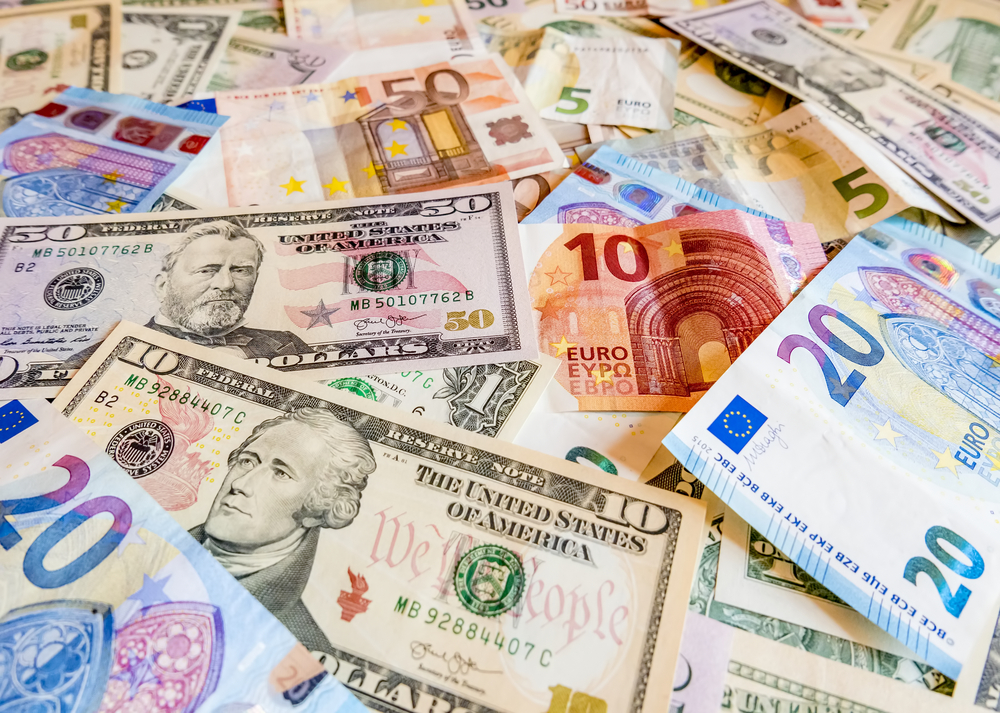



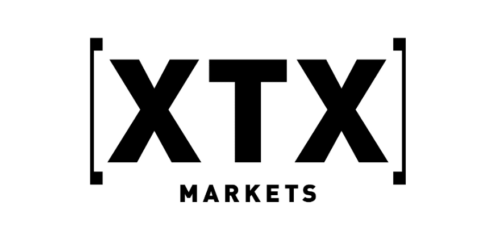

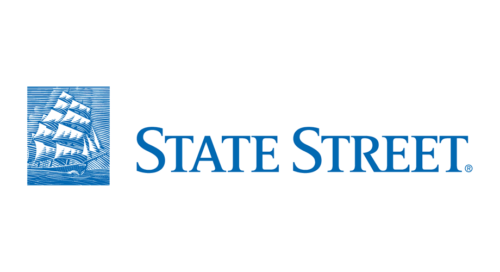


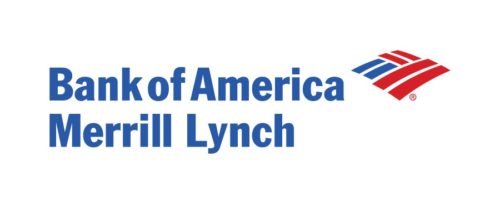


Leave a Reply